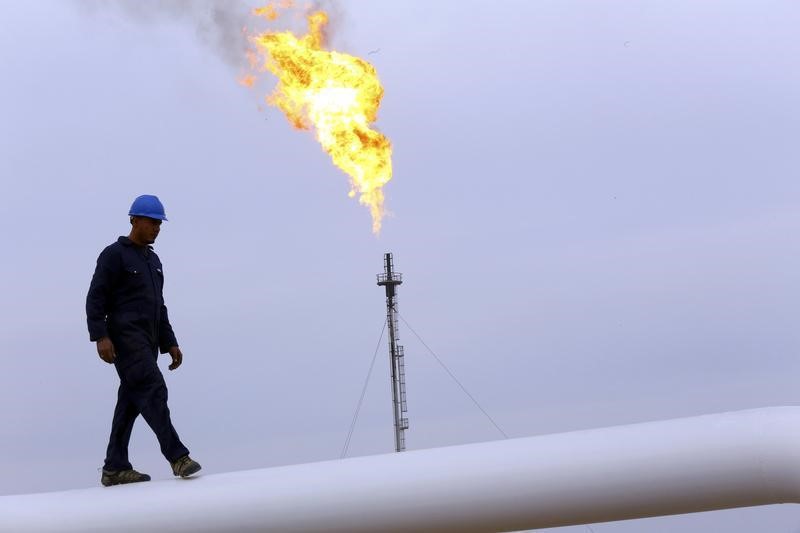By Barani Krishnan
Investing.com - U.S. crude draw numbers aren’t helping oil prices as investors zero in on the climbing rig count and prospects of Libyan supplies returning in a big way.
Both West Texas Intermediate, the key indicator for crude prices in the United States, and Brent, the global benchmark for oil, fell about 3% on the week after the U.S. oil rig count rose to 211 from last week’s level of 205.
Oil rigs, an indicator of future production, have steadily climbed since the week ended Sept 4, when they stood at 180.
Adding to the weight on the market were estimates that Libyan oil output, mostly offline since January, had risen to 500,000 barrels per day and will likely grow further by end-October.
“Low sales and bad margins tells me that crude buying could disappear in the U.S. until Q1,” said Scott Shelton, energy futures broker at ICAP (LON:NXGN) in Durham, North Carolina.
New York-traded WTI settled at $39.85 per barrel, down 79 cents, or 1.9%. For the week, WTI fell 2.5%.
London-traded Brent settled at $41.77, down $1.16, or 2.7%.
Crude oil inventories fell 1 million barrels for the week ended Oct. 18, falling largely within the expected draw of 1.02 million barrels, the U.S. Energy Information announced on Wednesday.
Crude stored at Cushing, Oklahoma, delivery point for contracted barrels of WTI also rose within expectations, climbing by 975,000 barrels versus the forecast 1.1 million barrels.
But gasoline stockpiles jumped by 1.9 millions barrels — an 180-degree build over analysts’ estimates.
The EIA did deliver a positive number on inventories of diesel-led distillates, which drew down by 3.8 million barrels, or double expectations. This was ostensibly due to the strong delivery-and-trucking activity as many people remained cloistered in their homes ordering everything from clothing to groceries.
But the agency also surprised traders by estimating that U.S. crude production fell by 9.9 million barrels per day last week, down 600,000 bpd from the previous week.
The drop in production jarred with the rise in oil rigs logged since mid-September, leading some to think the impact on output from this month’s Hurricane Delta had been overestimated. Delta, which struck Louisiana as a Category 2 storm, shuttered nearly 92% of all oil production in the U.S. Gulf of Mexico.
